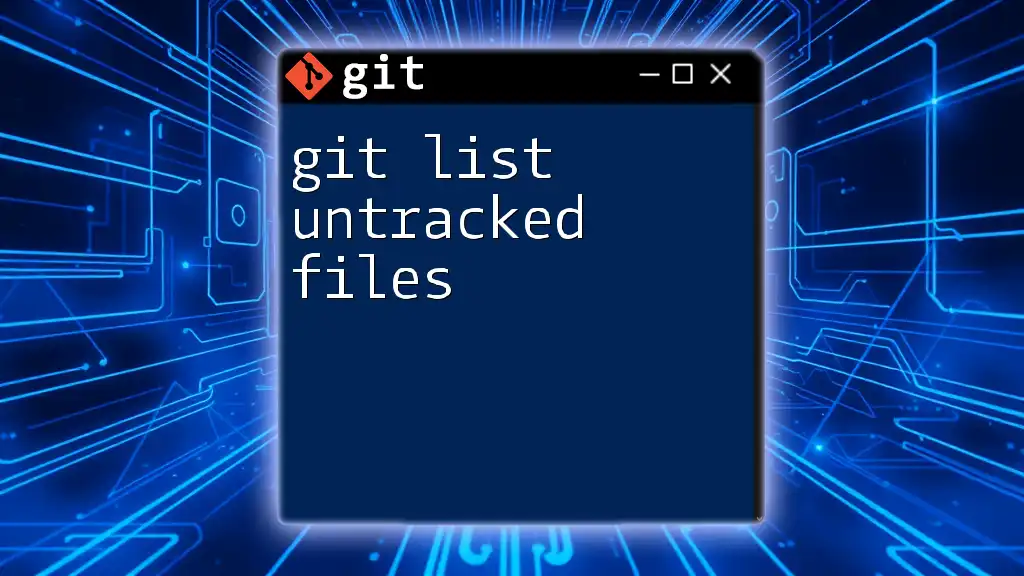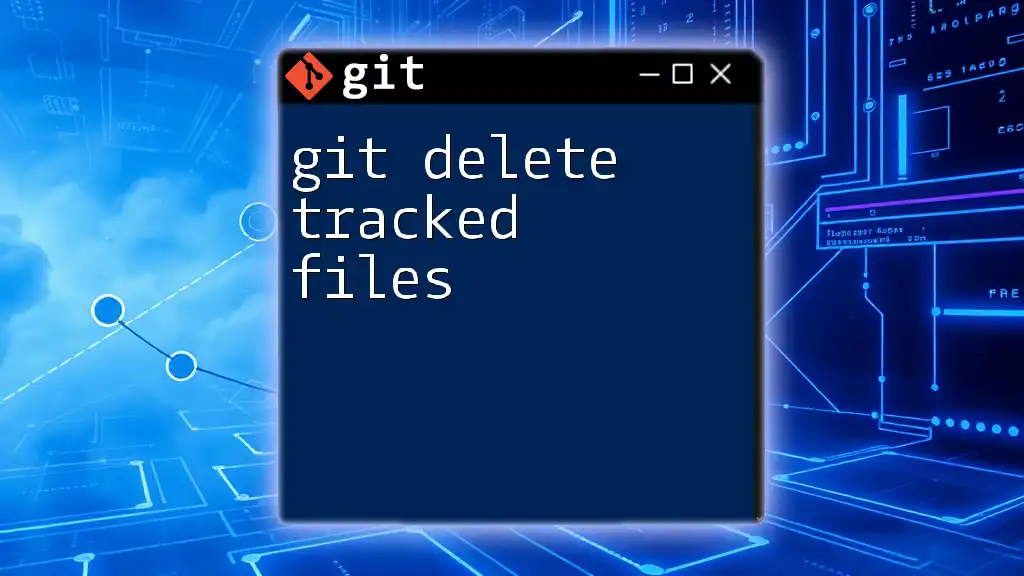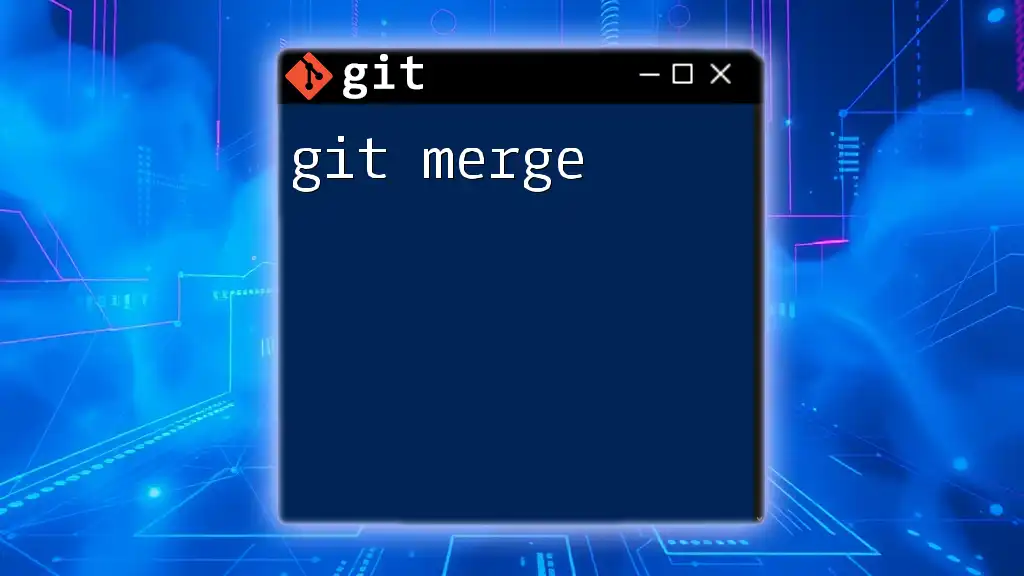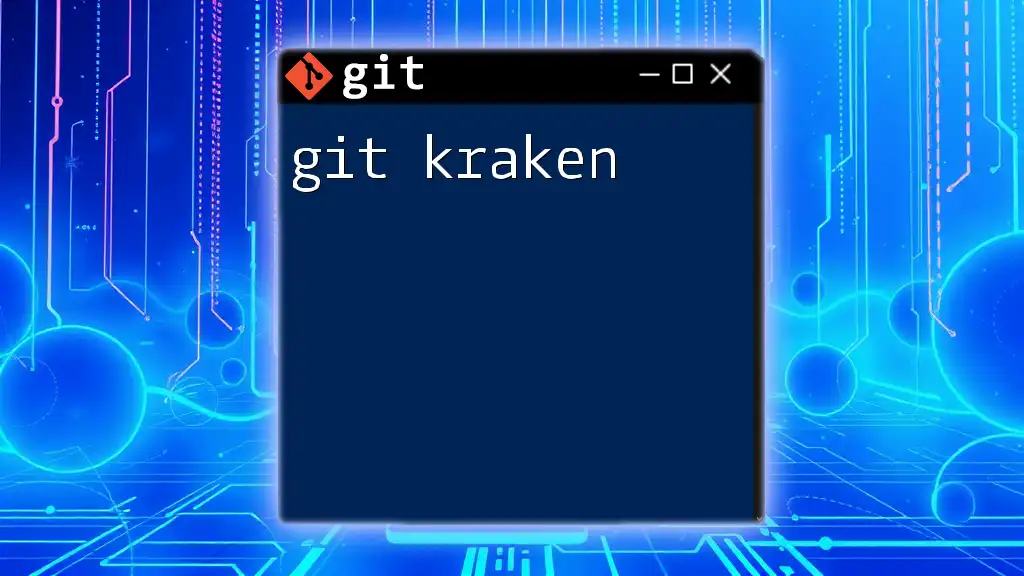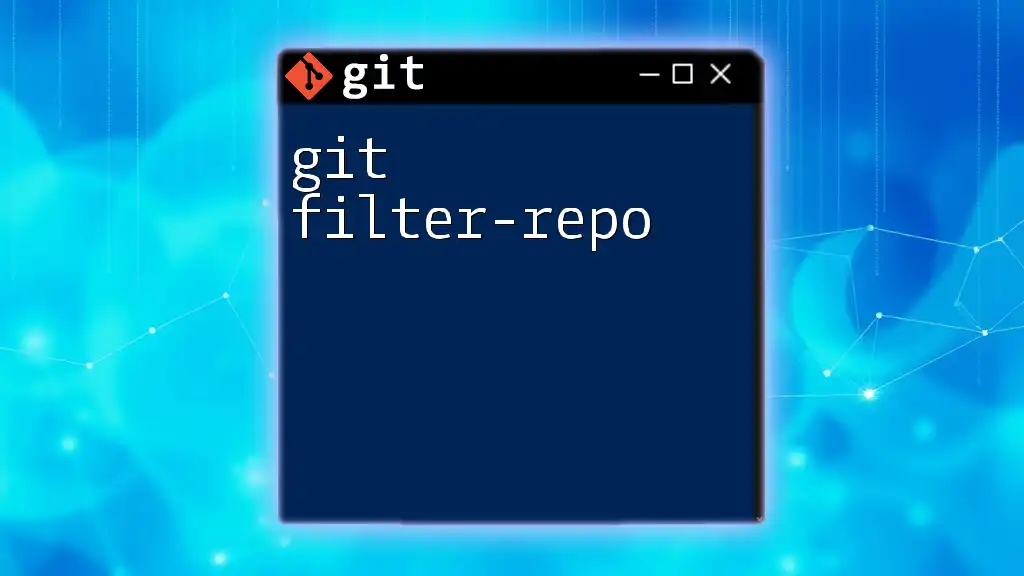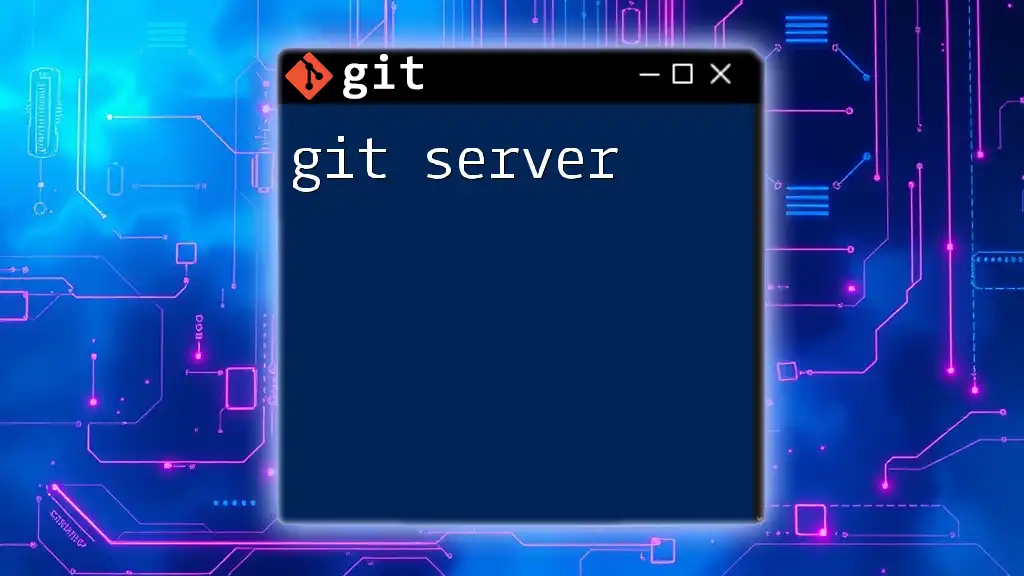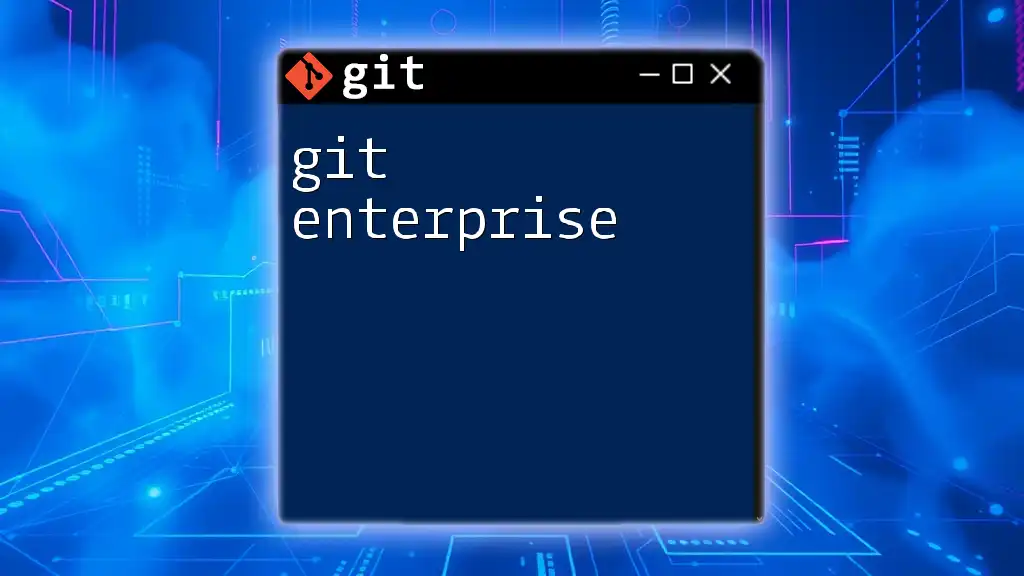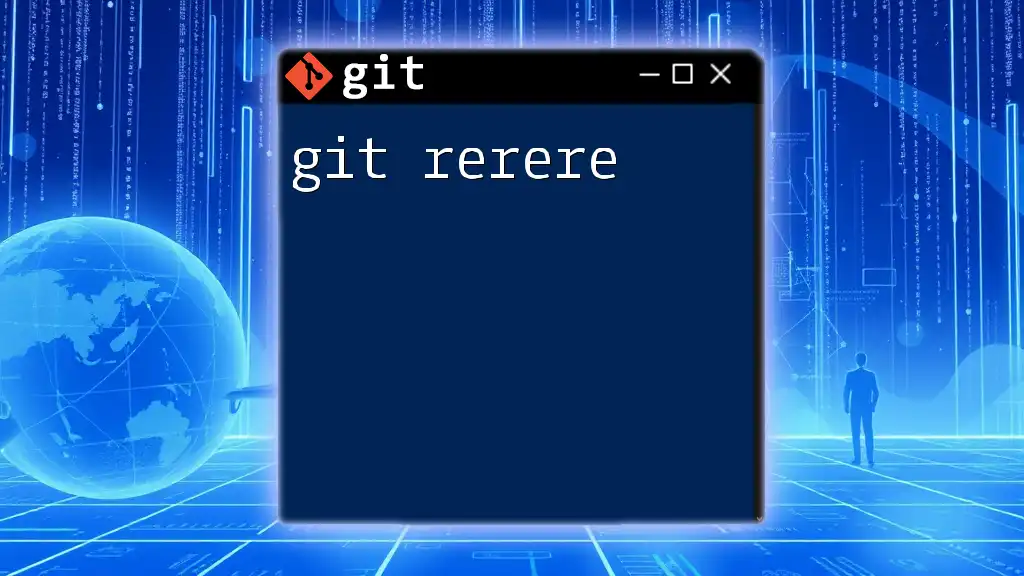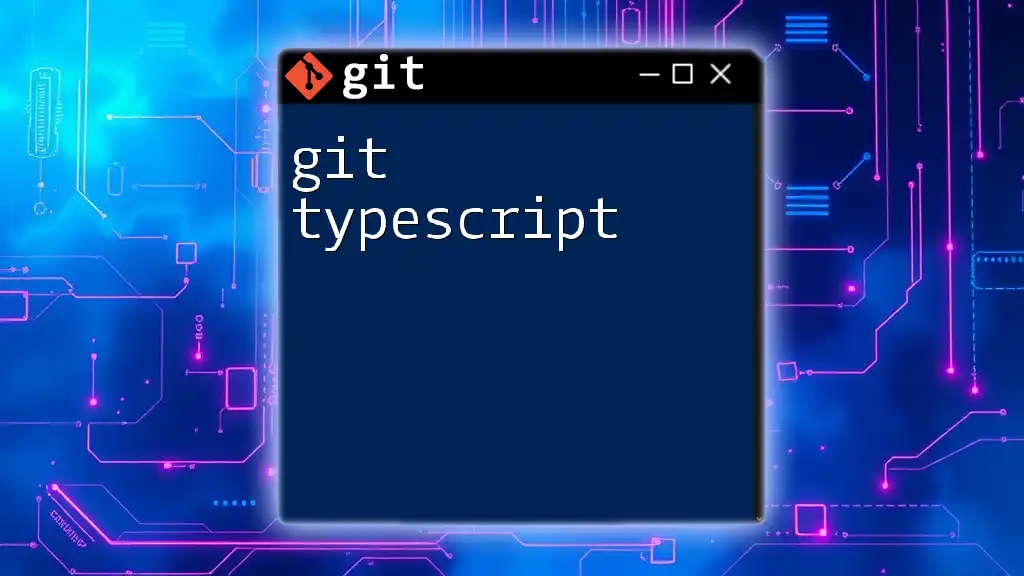A "git time tracker" helps you monitor how much time you're spending on different Git branches or commits, facilitating better project management and productivity.
Here's a simple code snippet to track time spent on Git branches using a `git` alias:
git config --global alias.timetracker '!f() { echo "Current branch: $(git rev-parse --abbrev-ref HEAD)"; git log --pretty=format:"%h %ad | %s%d [%an]" --date=short; }; f'
This command configures an alias that displays the current branch and logs the commits, which can help you assess where your time has been allocated.
Understanding Git and Time Tracking
What is Git?
Git is a distributed version control system designed to handle everything from small to very large projects with speed and efficiency. With Git, developers can track changes in their codebase, collaborate with others, and revert to previous versions when necessary. The power of version control lies in its ability to keep track of modifications, enabling teams to work flexibly without the fear of losing work.
Why Time Tracking Matters
Time tracking is essential in software development for several reasons:
- Productivity Insights: It allows developers and teams to understand where their time is going, enabling them to optimize workflows.
- Accountability: Time tracking helps in ensuring that tasks are completed on time, ultimately contributing to project success.
- Budget Management: For freelance developers or agencies, time tracking is vital for billing clients accurately.
Imagine a scenario where a developer spends extensive hours on a feature but underreports their time. This could result in budget overruns or project delays. Thus, implementing a git time tracker is crucial for transparency and efficiency.

Git Time Tracker Overview
What is a Git Time Tracker?
A Git time tracker is a tool or application that integrates with Git to record the time spent on various tasks related to code changes. Typical features include:
- Tracking time spent on commits, branches, and pull requests.
- Generating reports summarizing the time usage.
- Integrating with other project management tools to provide a comprehensive overview of productivity.
Popular tools include GitTime, WIP, and more, each providing its own unique features and integrations.
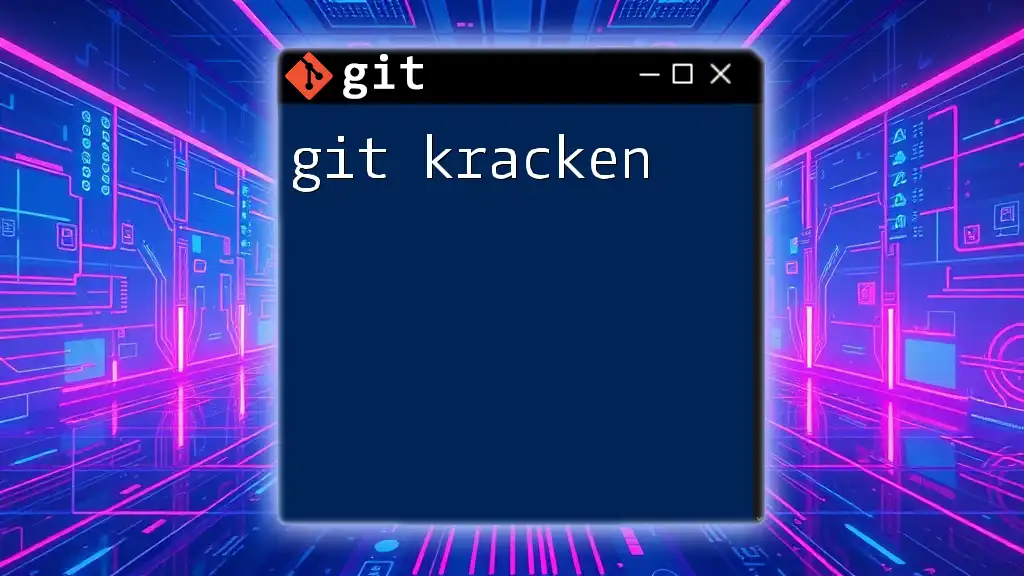
Setting Up a Git Time Tracker
Prerequisites
Before setting up a git time tracker, ensure you have:
- Git installed on your machine.
- A basic understanding of Git commands and version control principles.
- A compatible time tracking tool ready for installation.
Installation Process
Step 1: Installing Git
To install Git, follow the instructions based on your operating system:
For Windows:
- Download the Git installer from the [official website](https://git-scm.com/downloads).
- Run the installer and follow the prompts.
For macOS: You can install Git using Homebrew:
brew install git
For Linux: Use the package manager for your distribution. For example, on Ubuntu:
sudo apt update
sudo apt install git
Step 2: Installing a Time Tracking Tool
After installing Git, you can choose a Git time tracking tool. Here is a brief guide for installing WIP:
- Install WIP using Go:
go install github.com/akutz/wip@latest
- Set up WIP in your project directory:
cd your_project_directory
wip init
Refer to the documentation of the specific time tracking tool for tailored installation instructions.
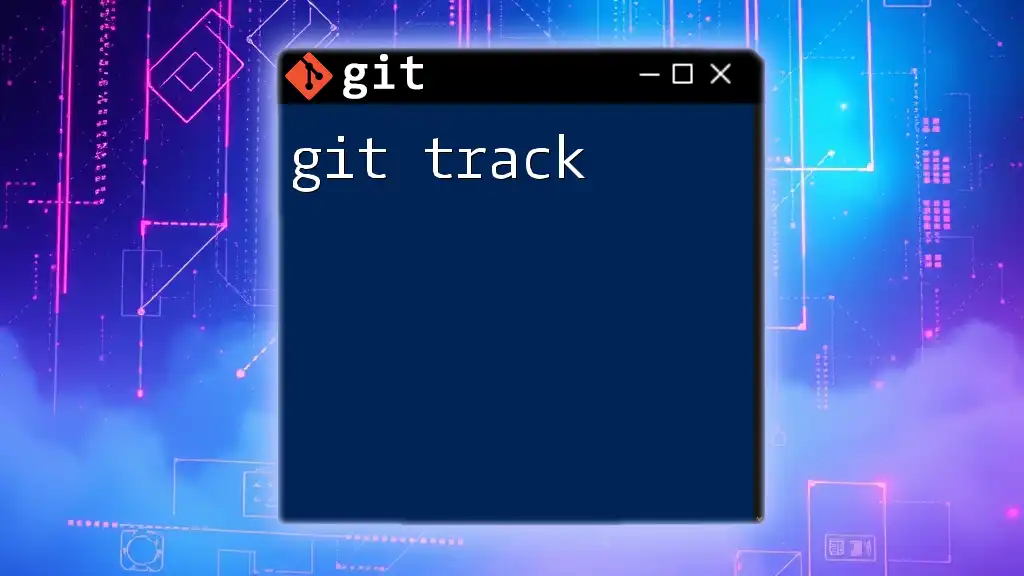
Basic Commands for Time Tracking in Git
Common Git Commands Used with Time Trackers
Several fundamental Git commands integrate seamlessly with time tracking tools. Some notable commands include:
- `git log`: Displays all commits in the current branch, useful for assessing how much time was spent on features.
- `git status`: Provides information about file changes and their states, which can help in tracking time spent on ongoing tasks.
- `git commit`: Captures changes made to the repository. Adding a time tracking reference can enable associate time with specific commits.
Using the Time Tracker with Git Commands
Combining Git commands with your time tracking tool allows for an efficient workflow. Here’s an example:
- Start tracking time with WIP before a significant task:
wip start "Implementing feature X"
- Make your changes and commit them:
git add .
git commit -m "Implemented feature X"
- Stop tracking time when you’re finished:
wip stop
This easy integration allows for seamless tracking of the time spent on each commit.
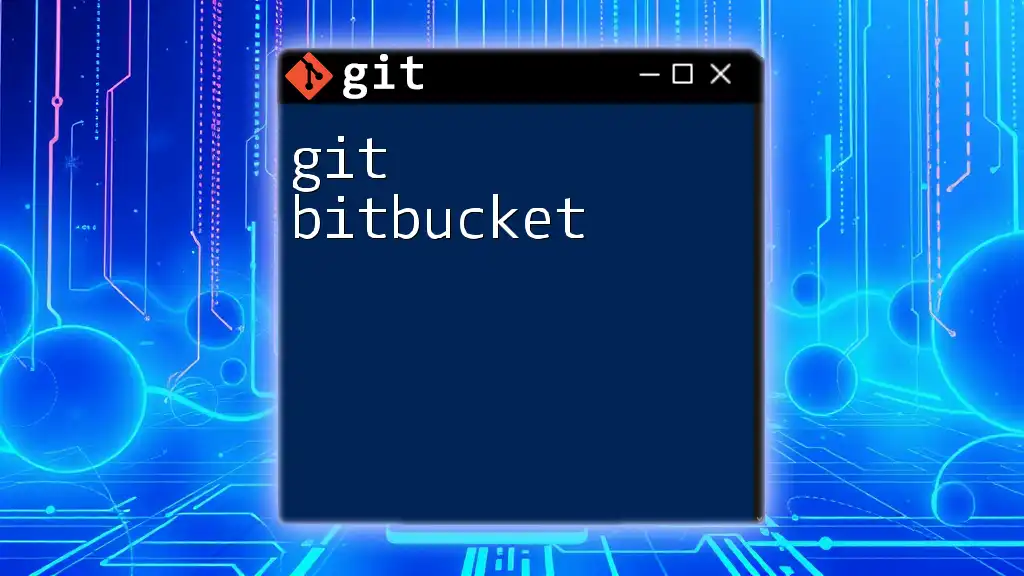
Advanced Time Tracking Techniques
Customizing Your Workflow
Time tracking can be tailored to suit individual or team workflows. Most tools support configuration files where settings can be adjusted based on your needs. For instance, modify the default configurations in the WIP settings file to align with your project’s specific requirements.
Integrating with Project Management Tools
Integrating a git time tracker with project management tools enhances productivity tracking. For example, if you use Jira, follow these steps:
- Install a Jira integration plugin for your time tracker (if available).
- Configure the plugin by providing your Jira API token and project details.
- Create tasks in Jira and reference them while tracking time in Git.
Such integrations ensure that time spent on coding is accounted for in project management, providing a comprehensive view of both progress and time investment.

Analyzing and Reporting Your Time
Generating Reports
Most Git time tracking tools offer functionalities to generate reports. For instance, with WIP, you can generate a time report for a specific period by executing:
wip report --from "2023-10-01" --to "2023-10-31"
This command gives a detailed overview of hours logged across tasks and commits for that time frame.
Interpreting Time Data
Understanding your time tracking data is key to improving productivity. Look for trends, such as:
- Tasks that consistently take longer than expected.
- Bottlenecks where time is frequently over-spent.
- Comparison of estimated versus actual completion times.
Visualizing this data through graphs or charts can provide clear insights into your workflow effectiveness.
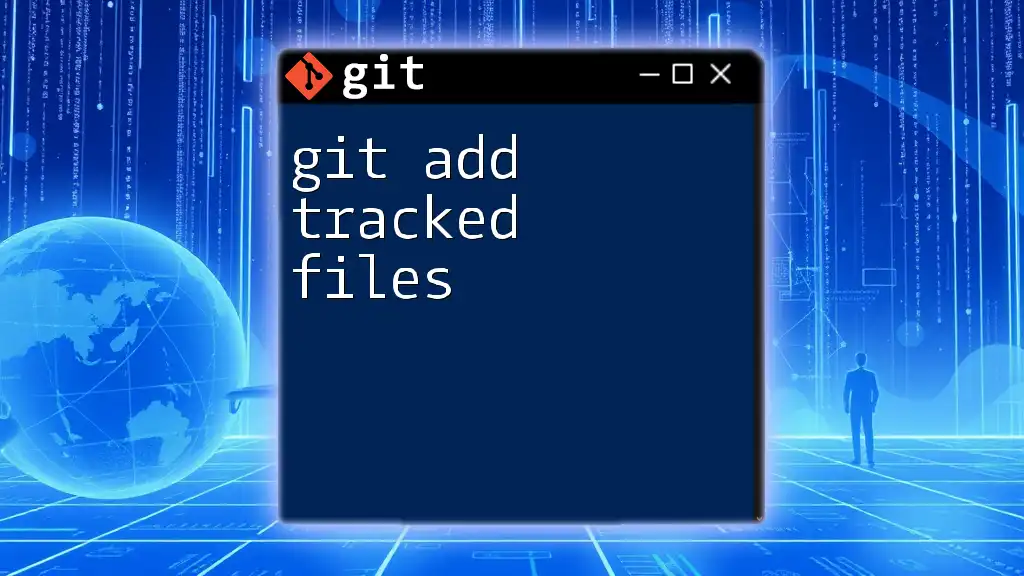
Common Challenges and Troubleshooting
Typical Issues with Git Time Trackers
Users may experience various issues with git time trackers, such as:
- Integration challenges with Git repositories.
- Problems with the accuracy of time logging.
For each issue, investigate the tool’s documentation or community support for advice on common fixes.
Debugging Tips
If you encounter issues, here are some troubleshooting tips:
- Check Configuration: Ensure that configuration files are set correctly and that all paths are accurate.
- Validate Permissions: Verify that you have the necessary permissions to write to your Git repository and access tracking features.
- Search Logs: Look for error logs within the time tracking application or Git to pinpoint issues.
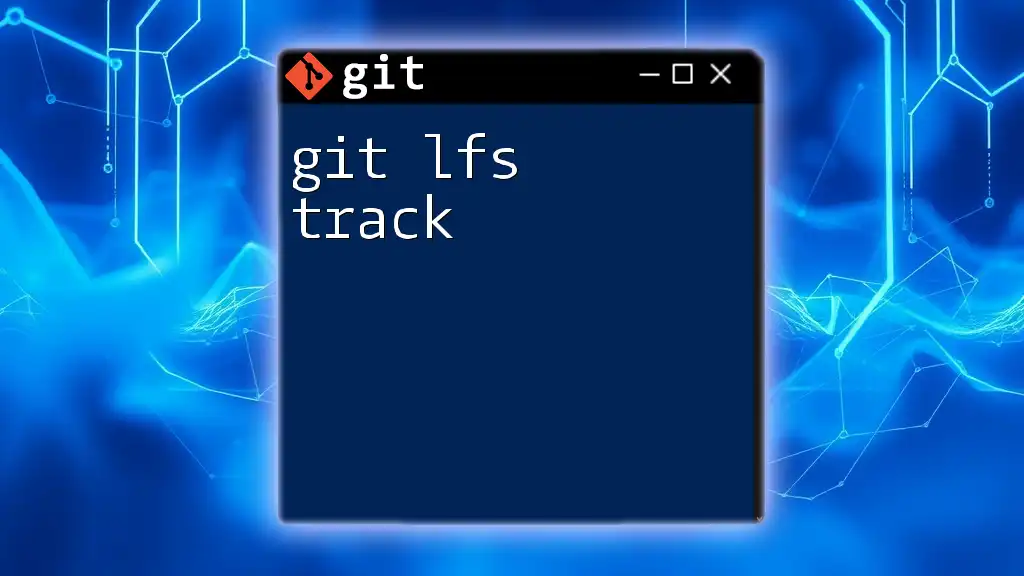
Conclusion
Using a git time tracker is critical for enhancing productivity, accountability, and project management. Whether you are a solo developer or part of a larger team, employing time tracking measures in conjunction with Git can lead to better project efficiency. Start today by selecting a tool that fits your workflow, and leverage it to improve your coding practices.
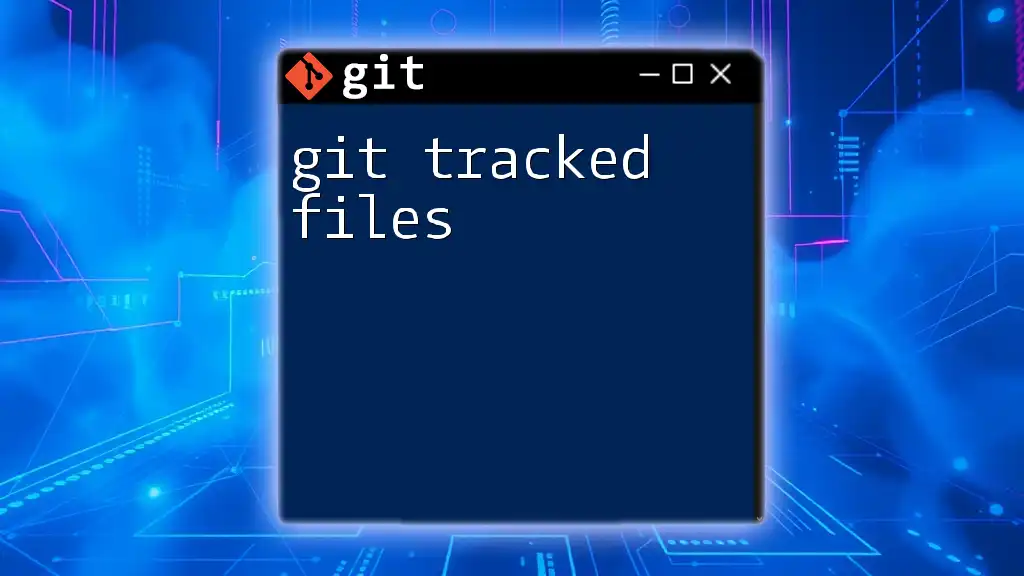
Further Resources
Recommended Reading
Explore additional resources on Git and time management. Consider online courses to deepen your understanding of Git and version control principles.
Community and Support
Engage with online communities dedicated to Git and time tracking for collaborative support, tips, and best practices.

FAQs
-
What is a Git time tracker? A Git time tracker is a tool that integrates with Git to record time spent on various coding tasks and commits.
-
Why should I use a Git time tracker? To enhance productivity, accountability, and project management through effective time tracking.
-
Can I integrate my Git time tracker with project management tools? Yes, most Git time trackers support integration with popular project management tools, allowing for comprehensive time management and reporting.






